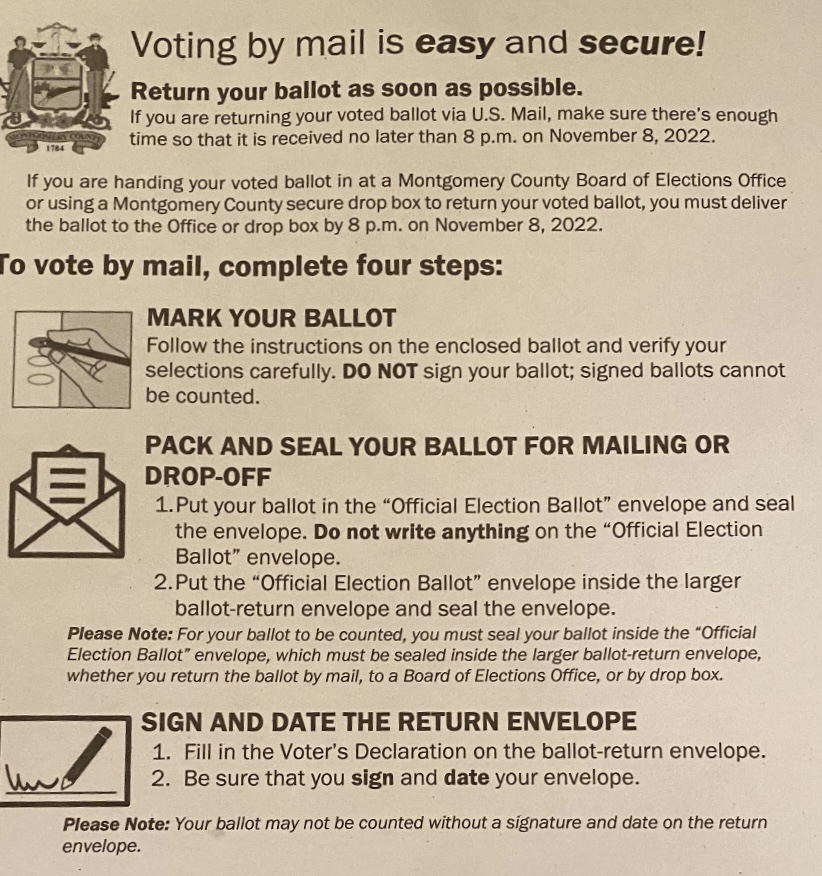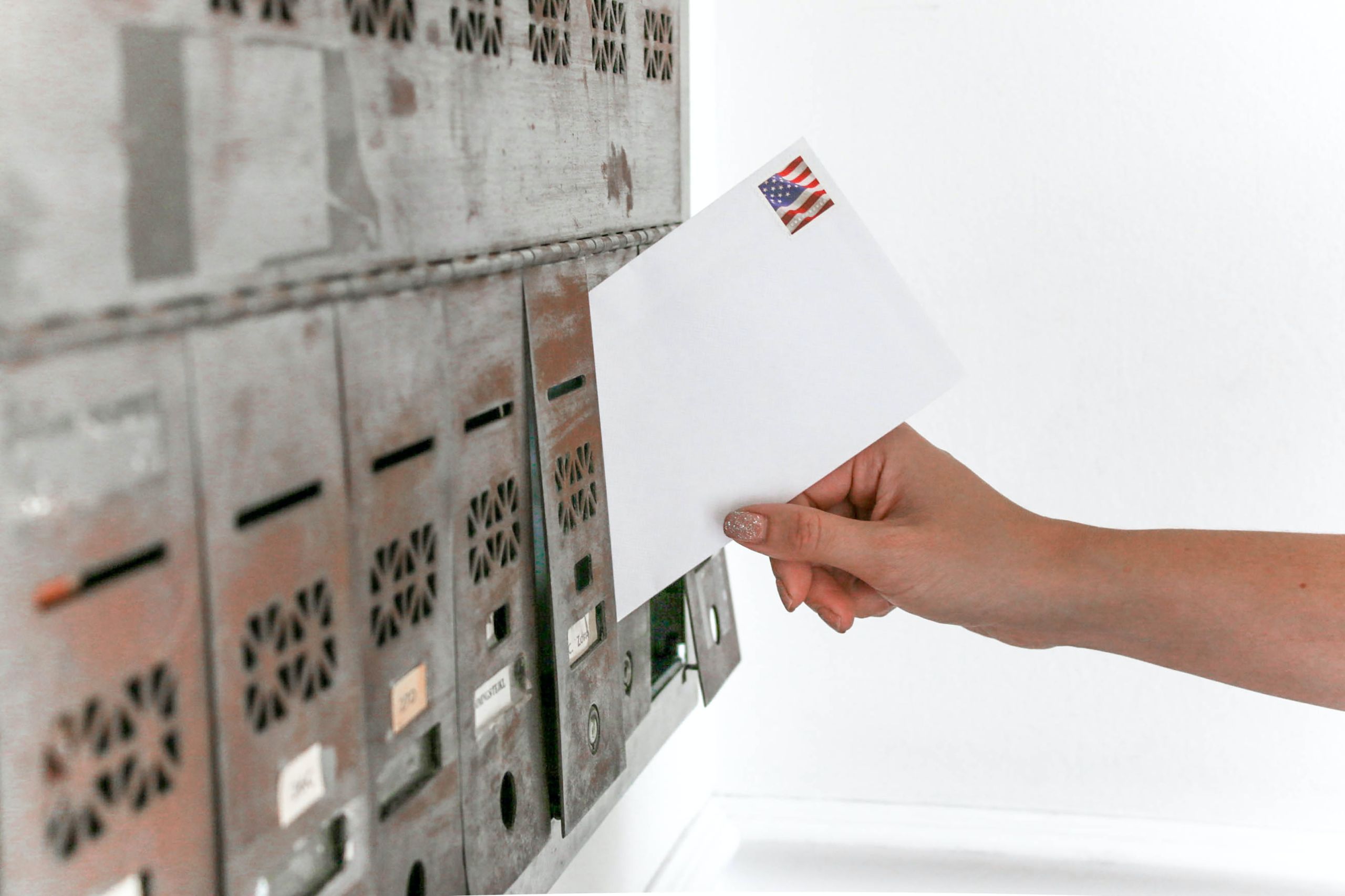With the midterm election coming up on Nov. 8, be cautious of voter suppression. Voter suppression is when there is strategic planning to stop certain groups from voting. Some targeted groups include young and elderly voters, voters of color, and people with disabilities. These underrepresented communities have all dealt with some form of voter suppression.
Mail-in voting risks for students

Strict voter registration laws have historically been established to limit mail-in or absentee voters. College students who can’t go home to vote in person make up a large portion of absentee voters.
On an absentee ballot, if instructions are not followed correctly, the vote will be discarded. Some of these strict rules include not writing anything on the ballot election envelope, turning in an unsealed envelope, and signing and dating an envelope. Mistakenly turning in incorrect ballots can result in disqualification. Even if all steps are done correctly, mail-in ballots must be received by 8 p.m. on Election Day.
The impact on communities
More than 400 anti-voter bills have been introduced in 48 states, yet not many students are aware of all the ways people are being hindered from voting.

Strict voter ID laws are one way in-person voting has been suppressed. These attacks on voting equality have a direct impact on underrepresented communities. Over 21 million U.S. citizens do not have a valid ID that can be used at polling stations. Twenty-five percent of African Americans do not have a valid photo ID.
Cathy Yungmann, vice president of communications with the League of Women Voters of Central Delaware County, said, “In the same county as Cabrini University, the city of Chester has long been plagued by environmental racism with a concentration of industrial polluting facilities. In the past, the residents of Chester haven’t had a strong influence in passing laws that would prevent the clustering of pollution near their homes.”
However, a coalition working with the League of Women Voters of Central Delaware County is working this year to register more voters and get representation for these vulnerable communities.
When the Supreme Court dismantled the Voting Rights Act in 2013, this allowed states to enact voter ID laws. Many of these states already had a history of voter suppression toward underrepresented communities. After the Voting Rights Act evaporated, 23 states made laws to hinder voting.
Students had mixed knowledge of what voter suppression entailed or about the many people it can impact, even though it directly affects the community around them.
Olivia Sims, senior education major, said, “I don’t have any knowledge of voter suppression. Just by the context clues, it is someone not allowing others to vote.”
“I know that voter suppression affects the potential results of an election,” said Abby Van Houten, sophomore psychology major.
“I have heard some conspiracies about voting by mail. Some conspiracies I’ve heard were dead people voting and voter fraud. I will be voting in person this election,” Houten said.
Fighting voter suppression
To help combat voter suppression, voters can vote in person, vote early, and most importantly, know their rights. Get to the polls early to avoid lines. If you are in line before the polls close, it is the voter’s right to cast their ballot. During federal elections, people who have disabilities or need language translations have the right to assistance as well.

Yungmann said, “A better approach for students to learn about voter suppression is to learn about your voting rights, so that students will be able to counteract attempts to stop them from voting.”
It is crucial for an individual to know their rights and plan to cast a ballot. The key to fighting voter suppression is knowledge of its history and awareness of the challenges faced by many voters in this country.






